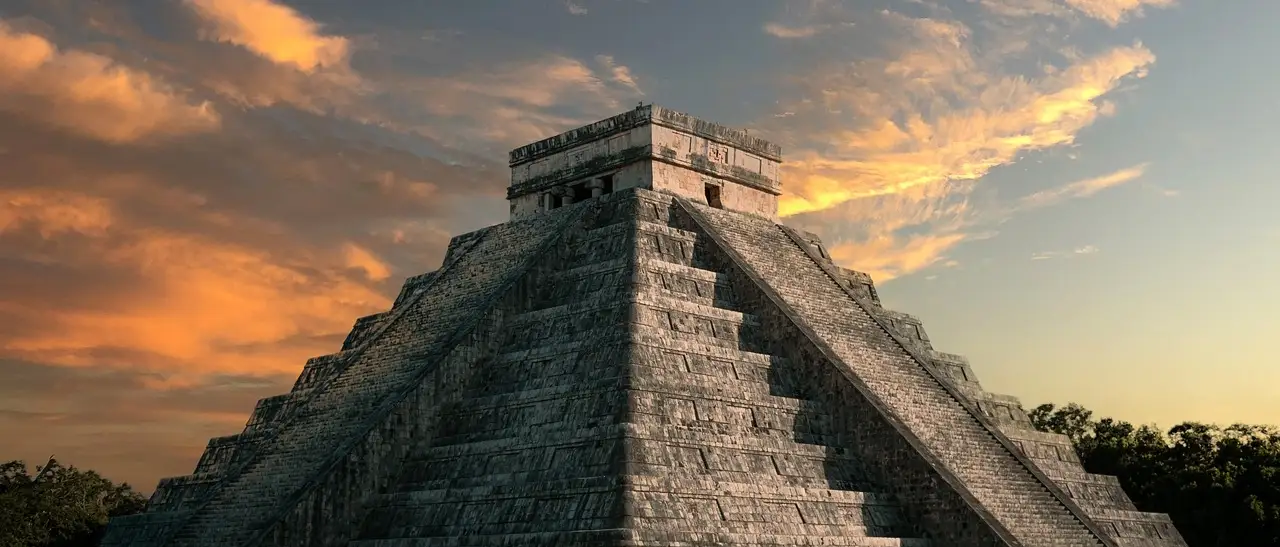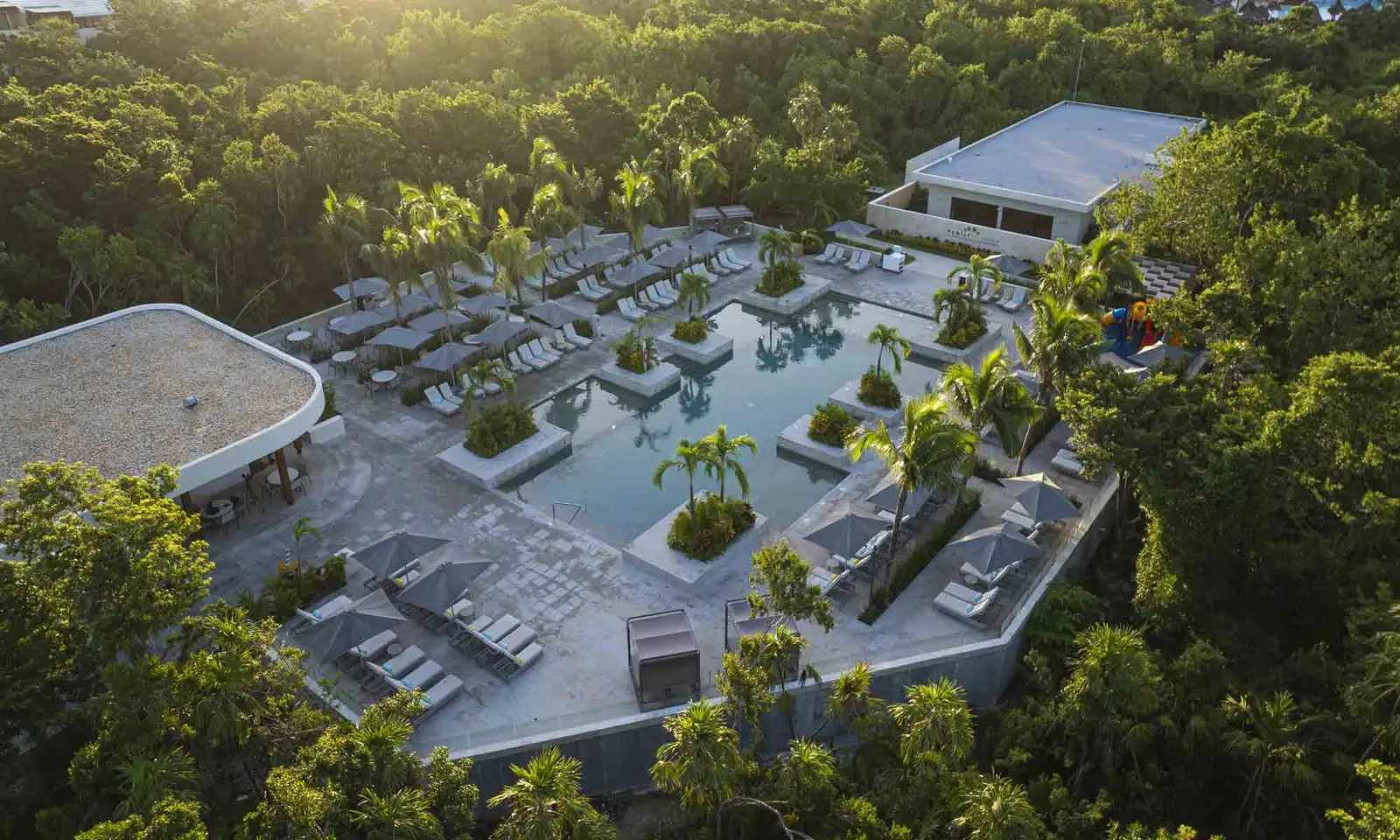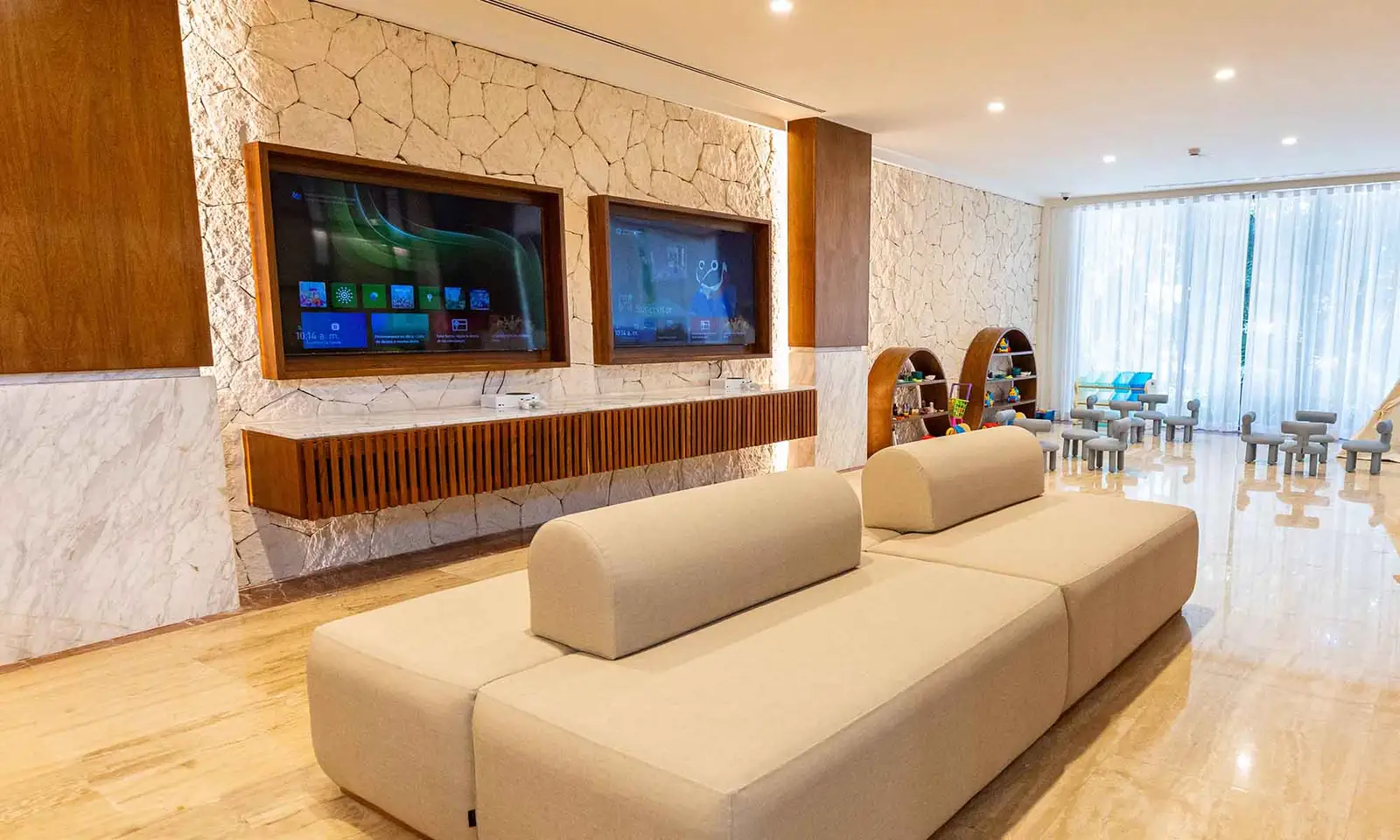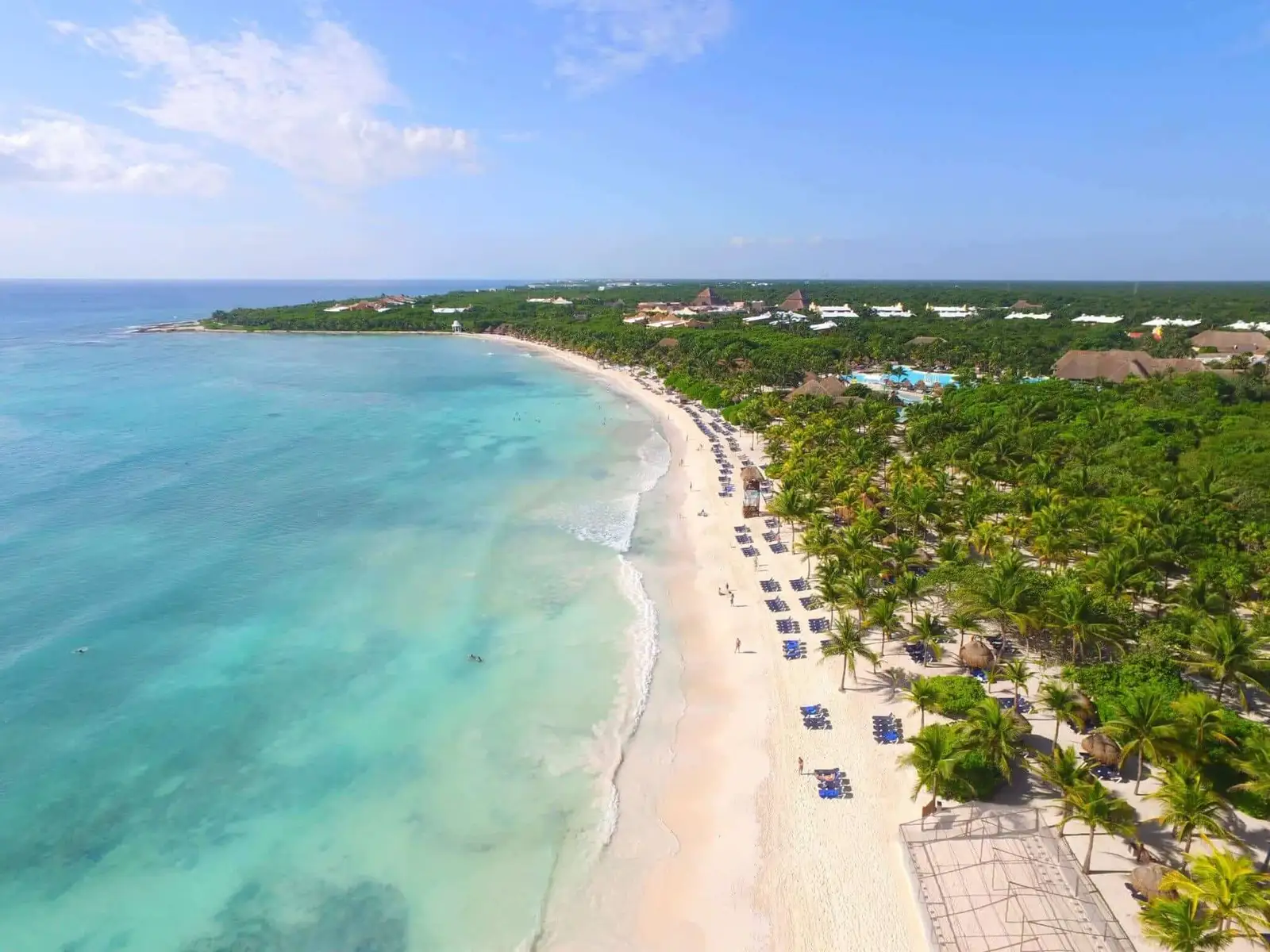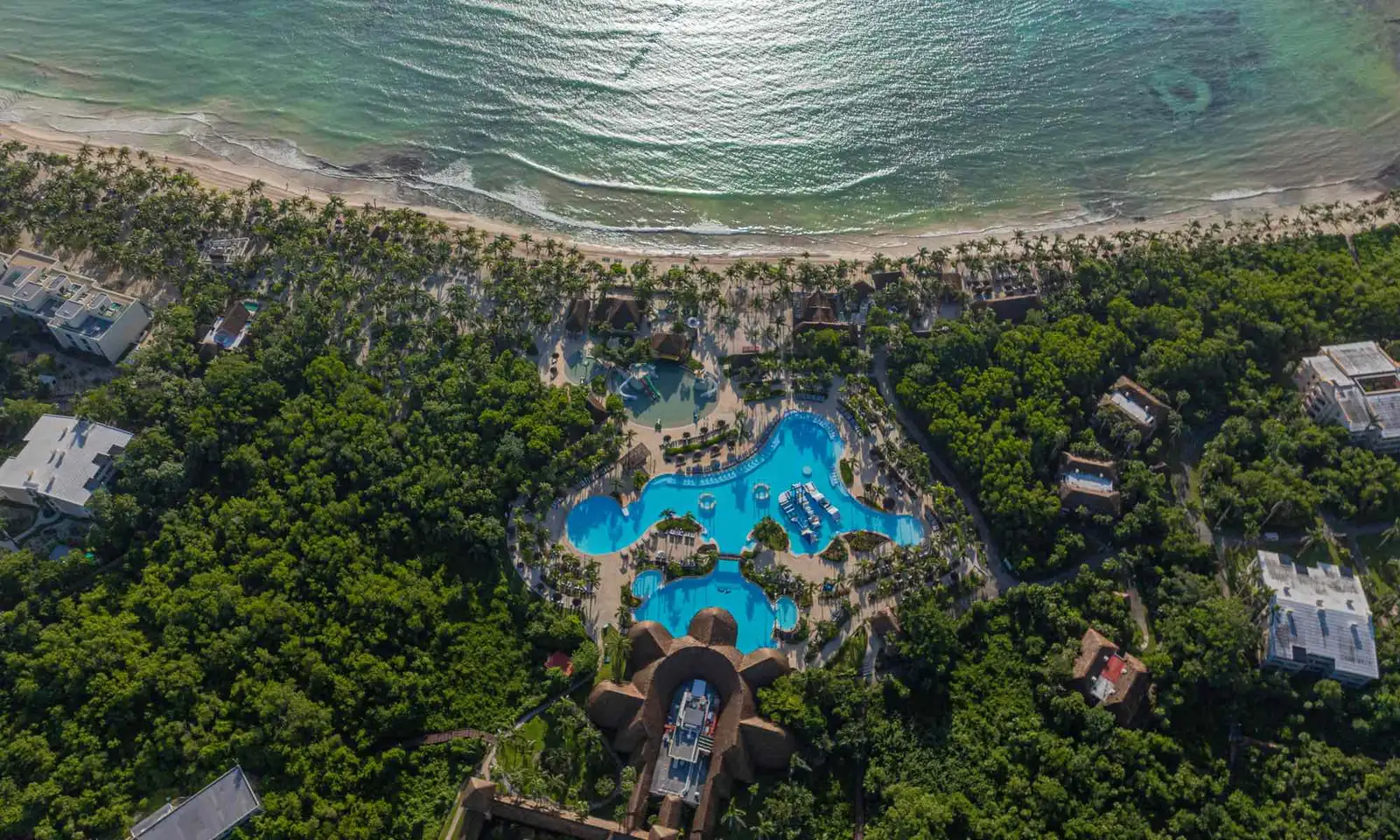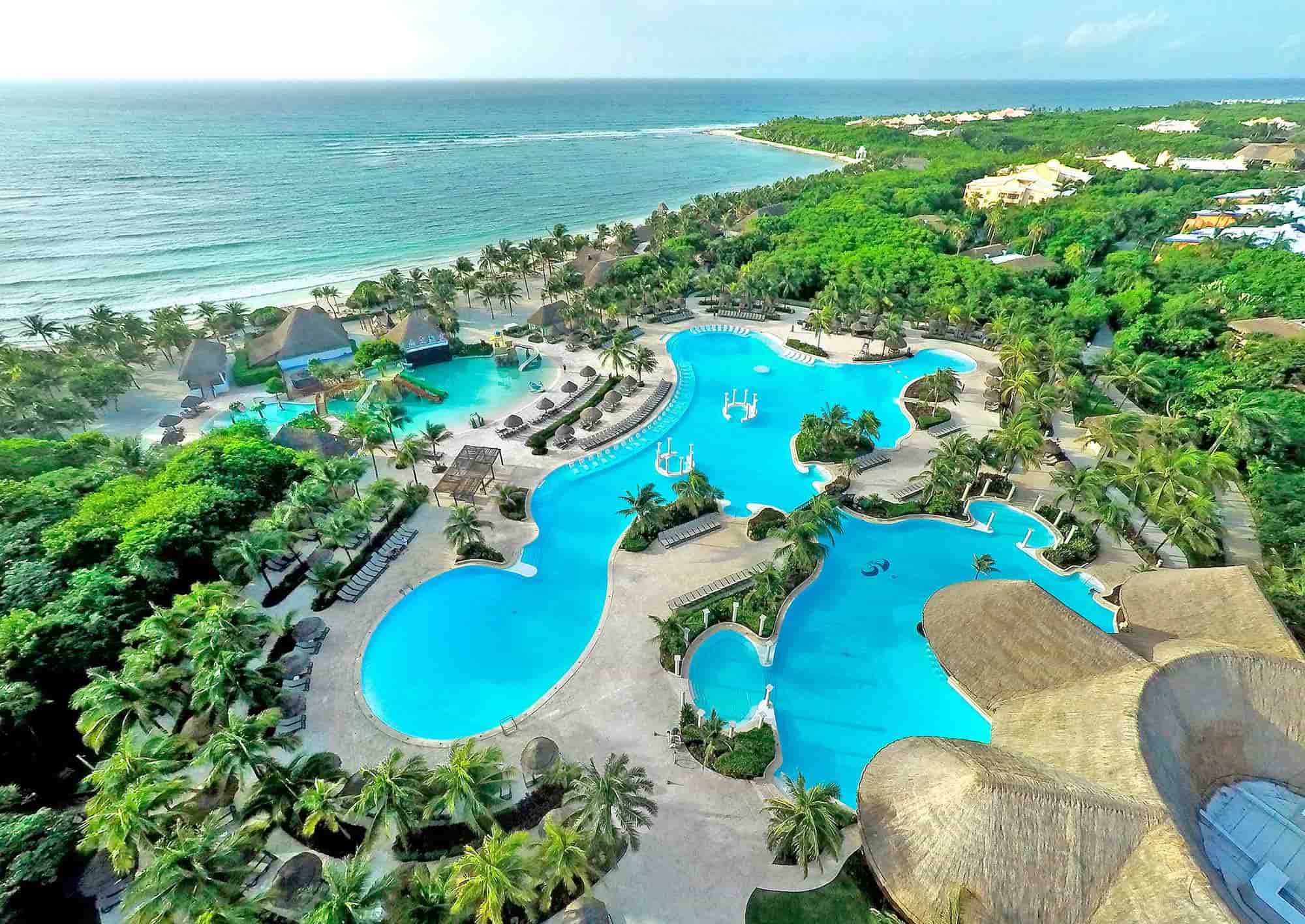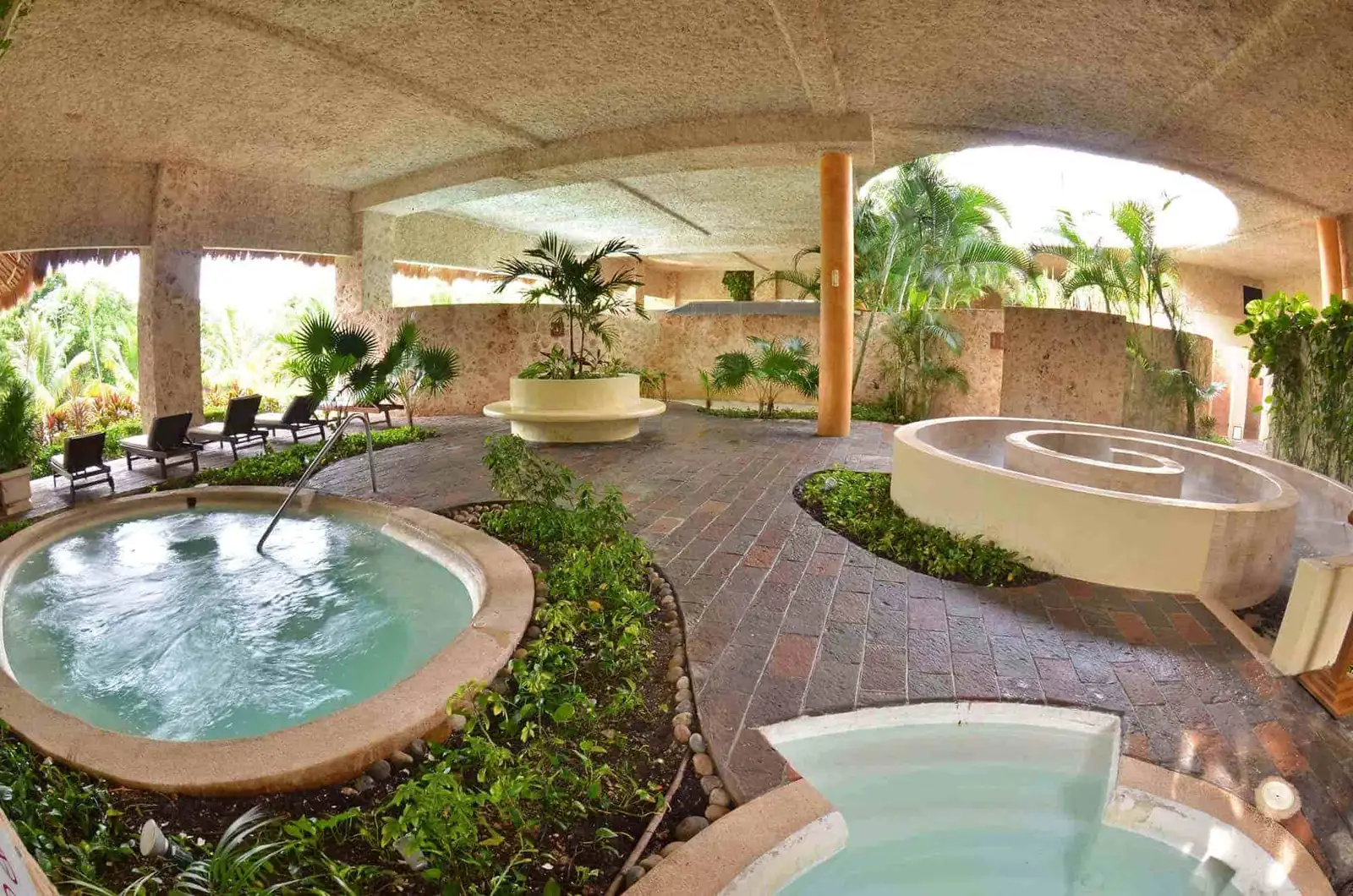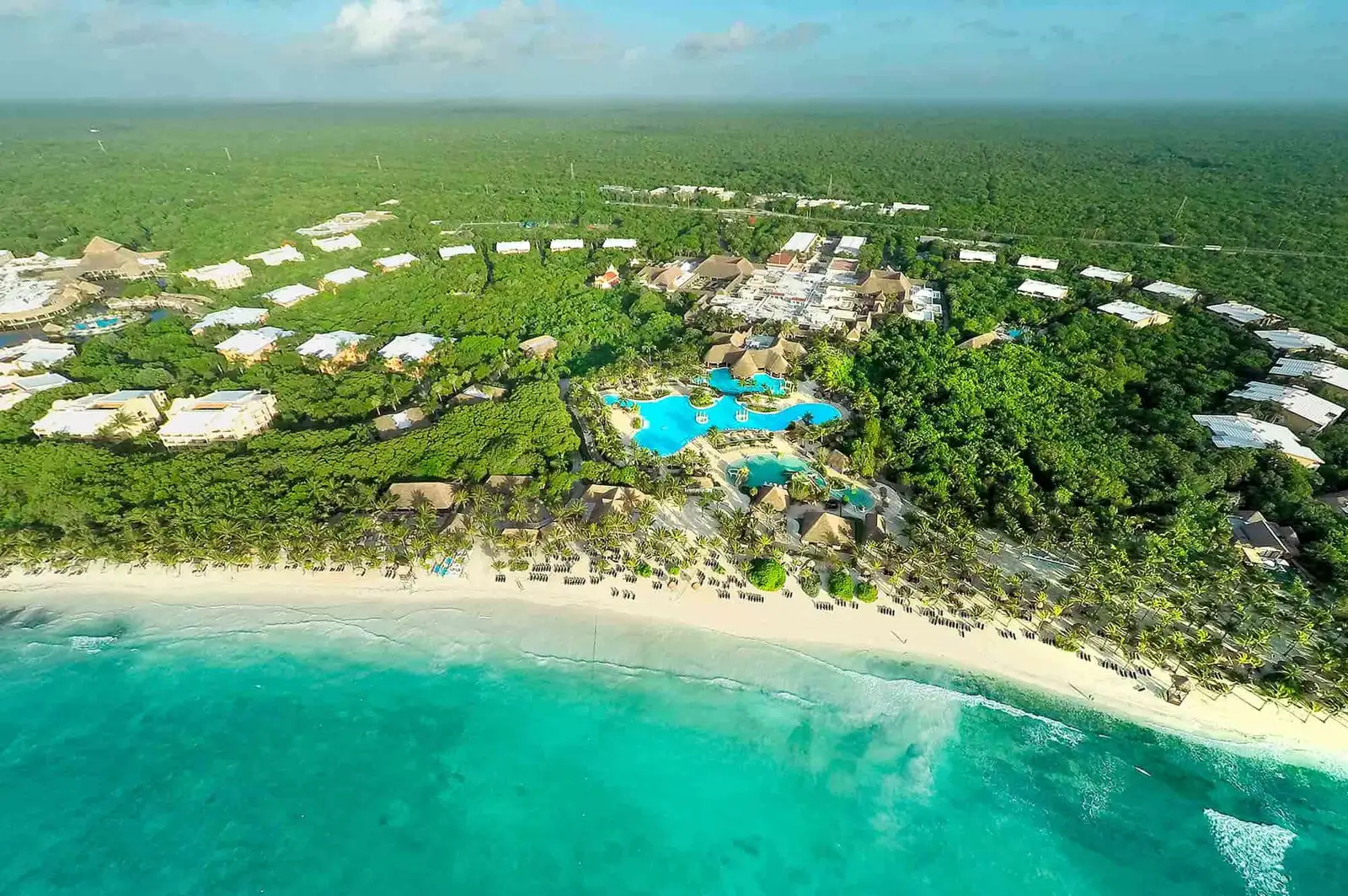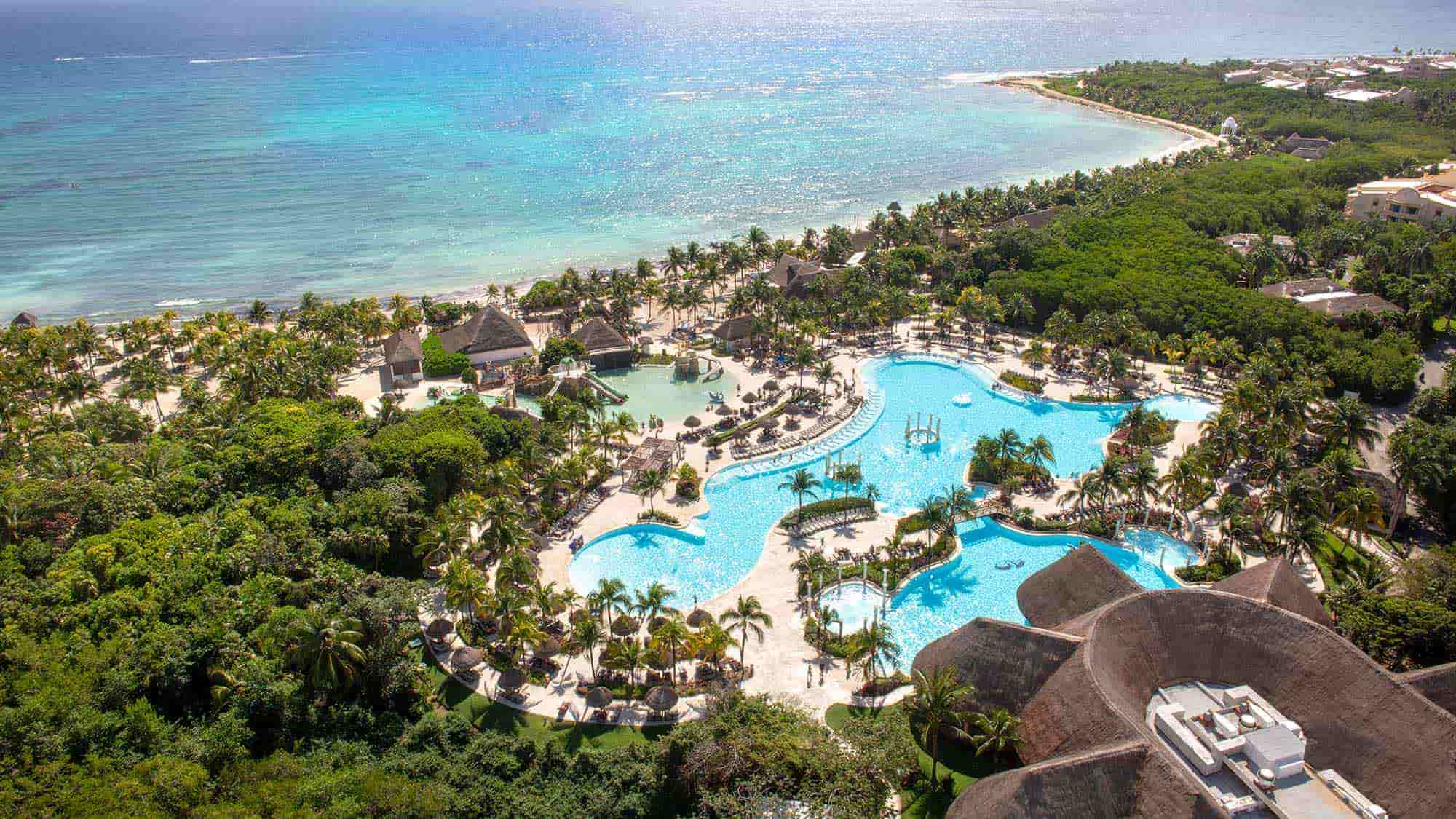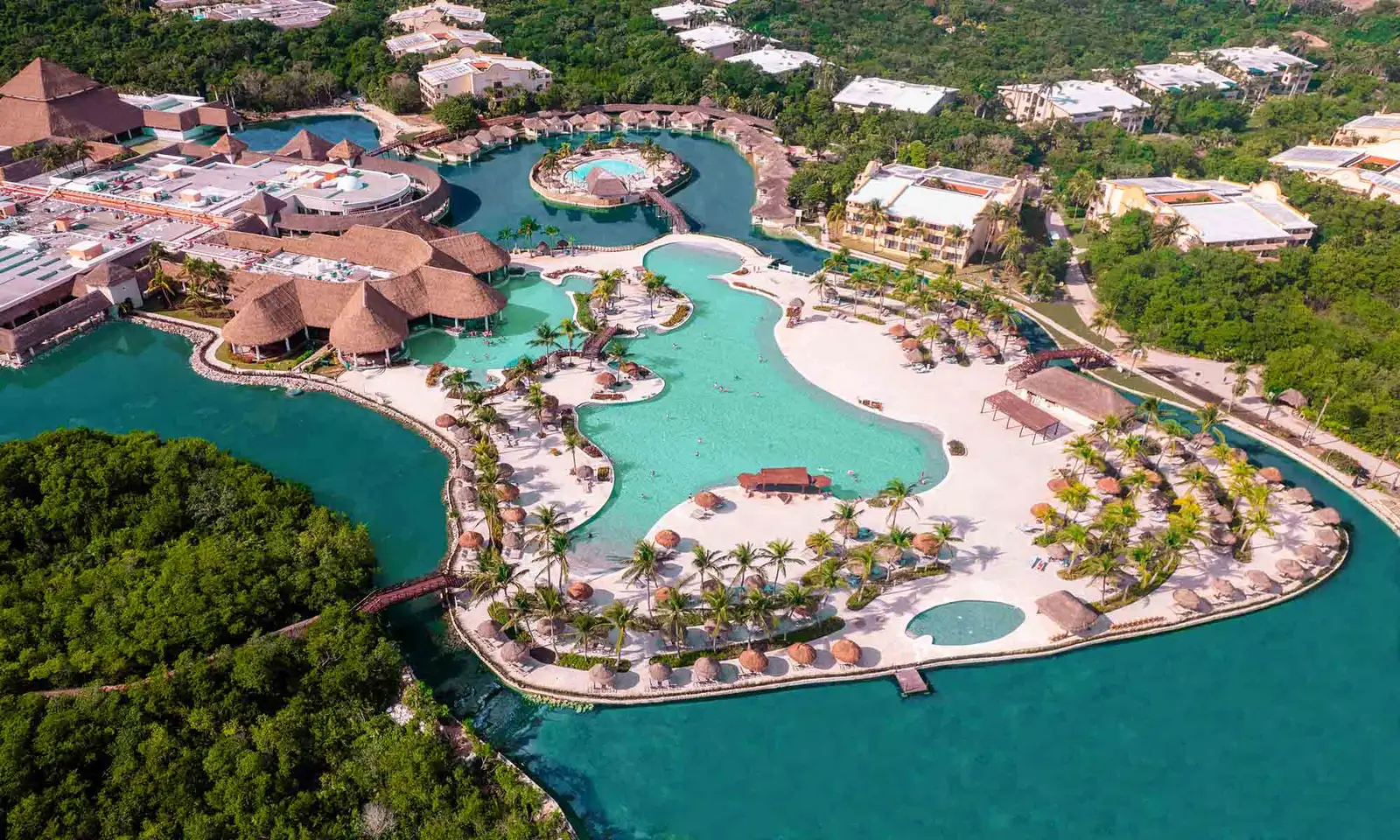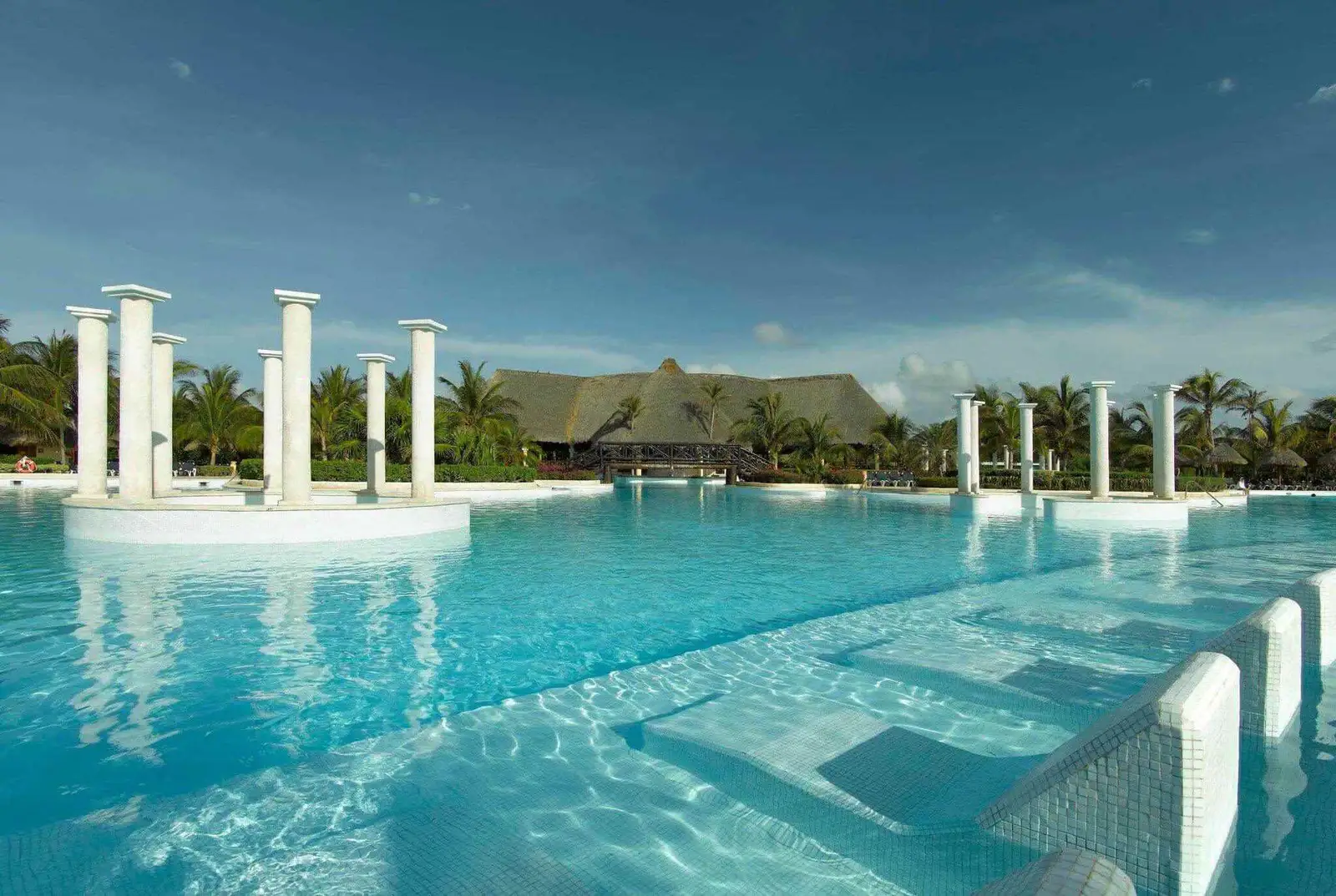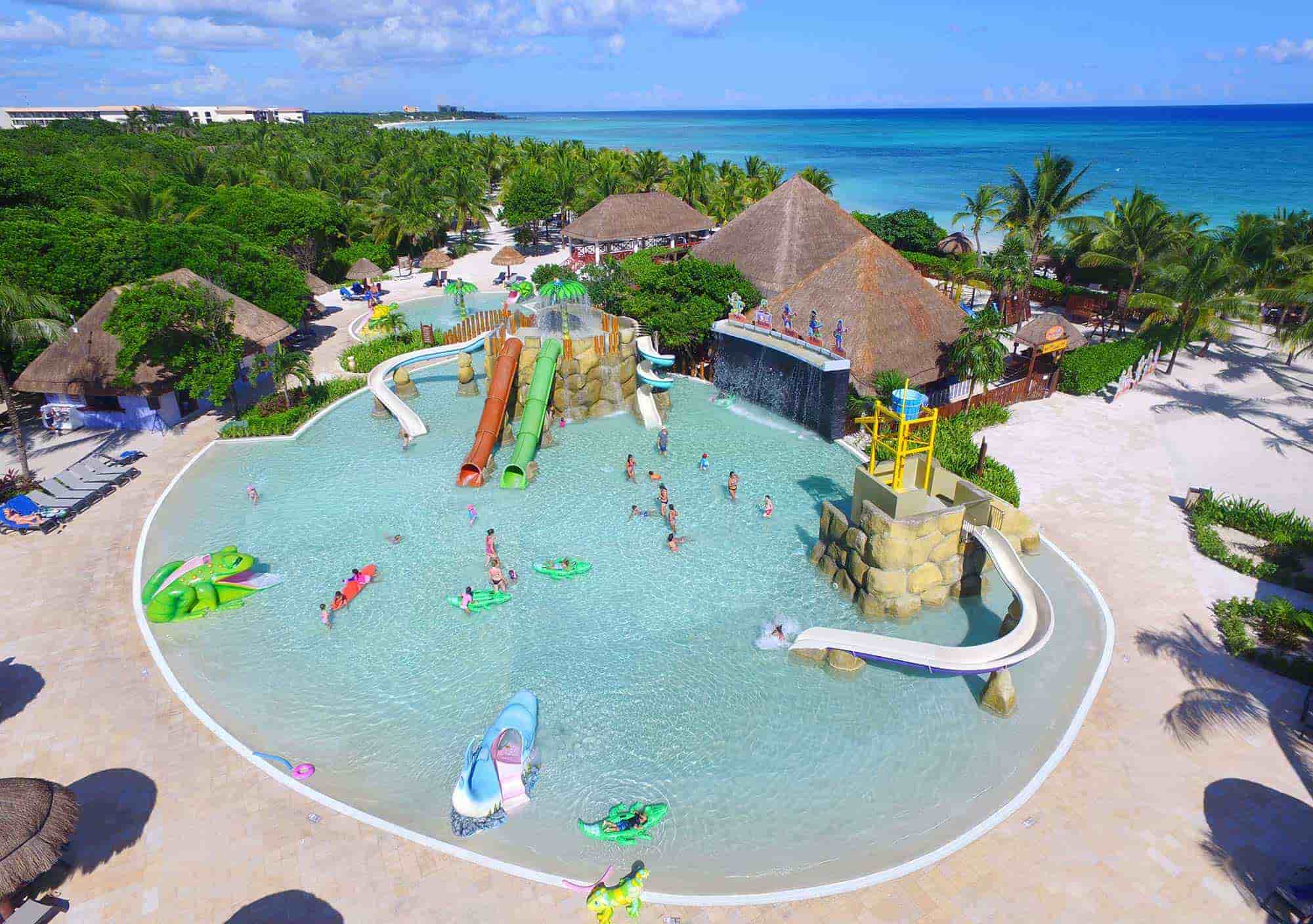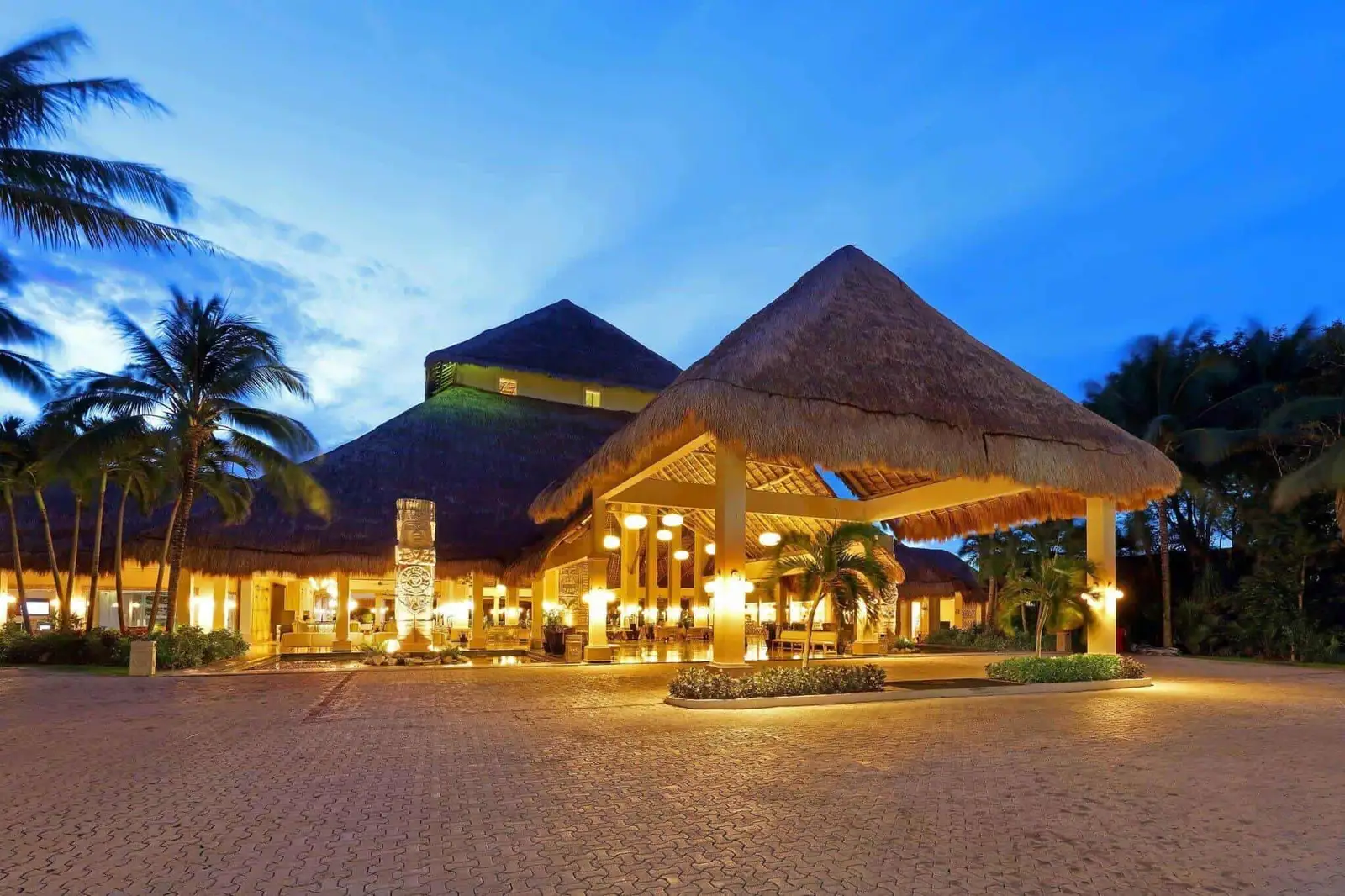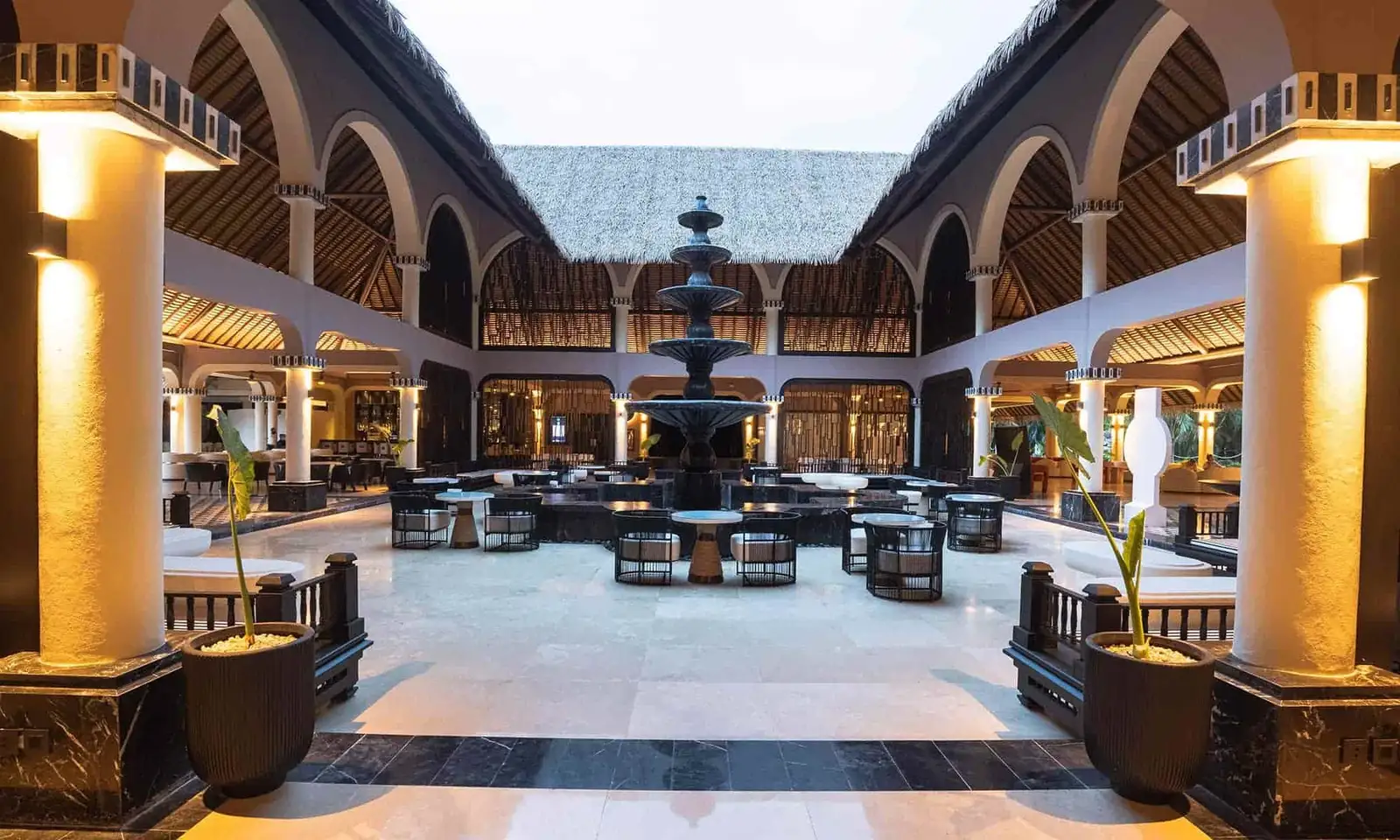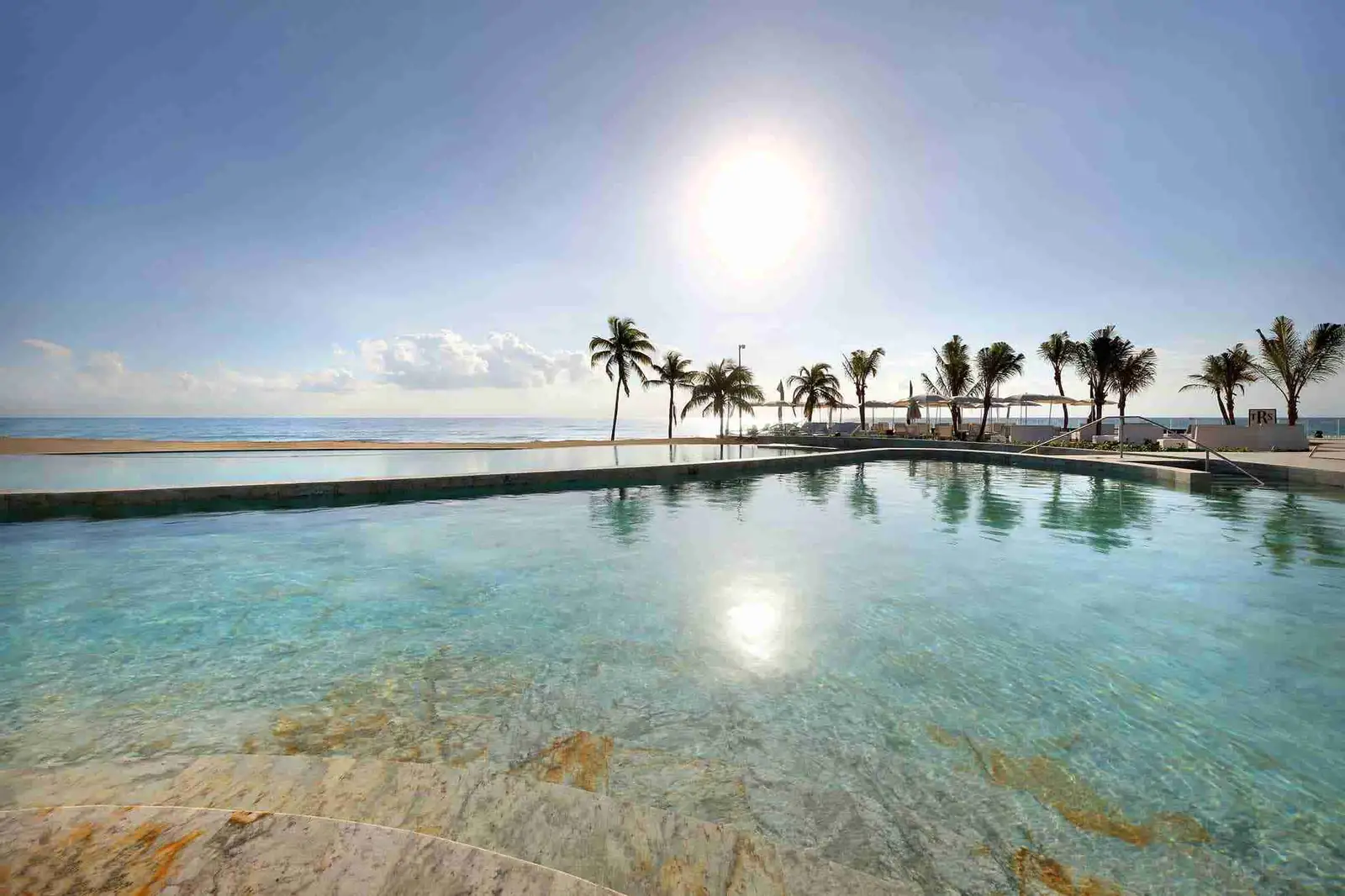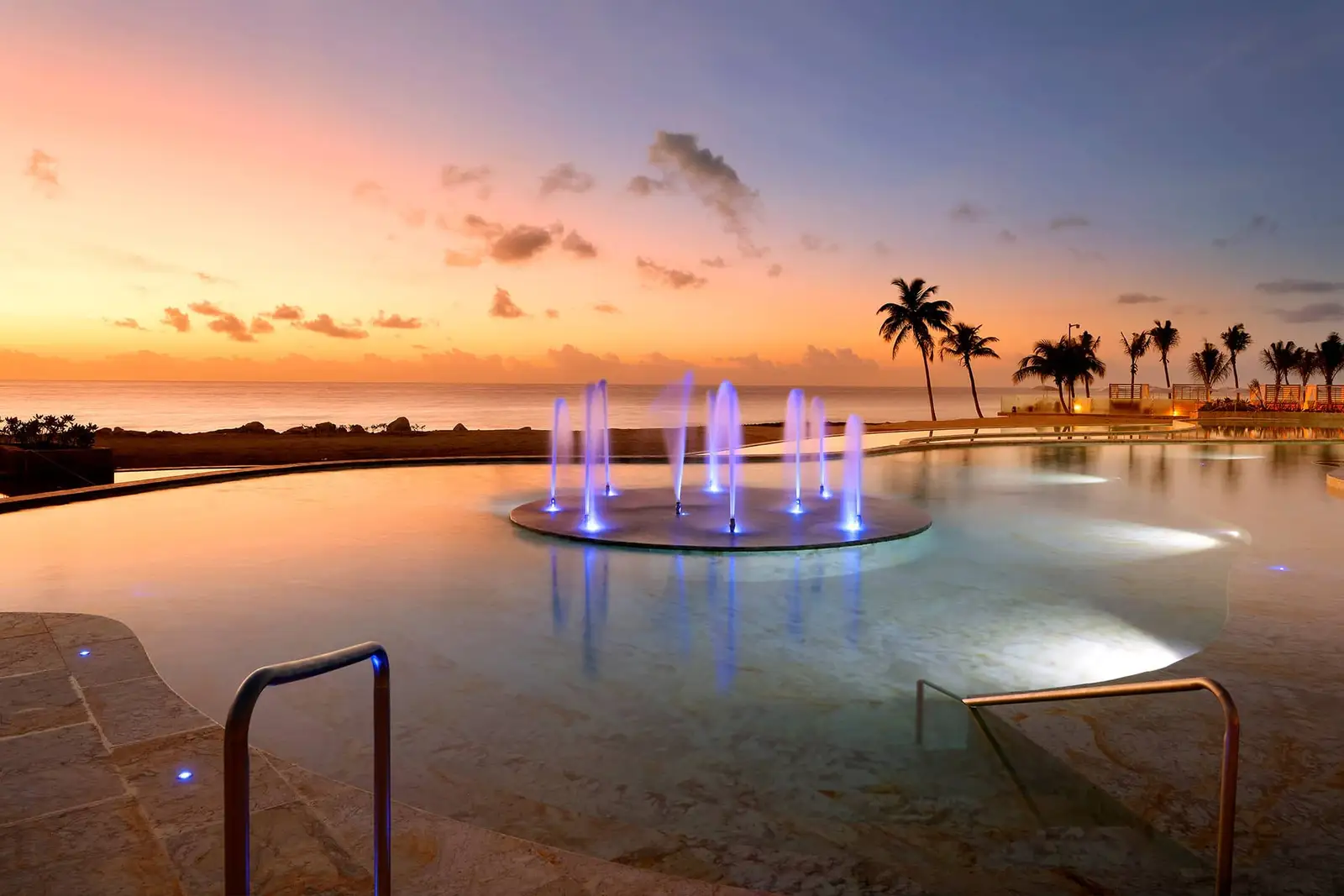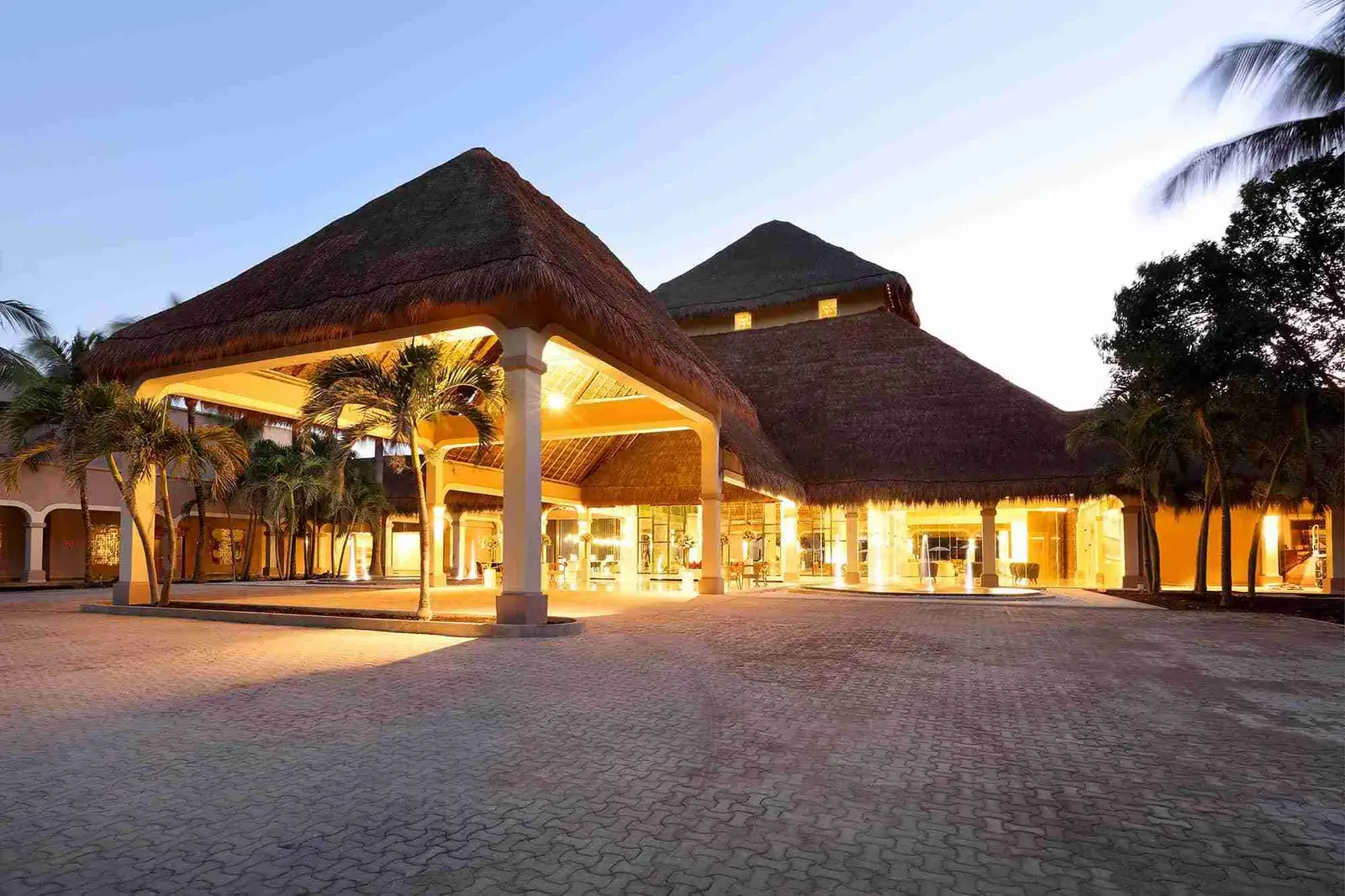Session Expired
Your session has expired. Please log in again
Reservation by telephone. Manage your booking with Palladium
Are you calling from outside Spain?
See all phonesHotels
Hoteles
How is your ideal hotel?


- Bahia


- Punta Cana
- Santo Domingo


- Sicily


- Montego Bay


- Cancun: Costa Mujeres
- Riviera Maya
- Riviera Nayarit


- Barcelona
- Ibiza
- Madrid
- Malaga
- Menorca
- Sevilla
- Tenerife
- Valencia
- Playa d'en Bossa
- San Antonio
- Santa Eulàlia
- Grand Palladium Select Palace Ibiza
- Grand Palladium White Island Resort & Spa
- The Site Hotel Ibiza
- The Unexpected Ibiza Hotel
- Ushuaïa Ibiza Beach Hotel
- Palladium Hotel Palmyra
- TRS Ibiza Hotel
- The Signature Level at TRS Ibiza Hotel
- BLESS Hotel Ibiza
- Palladium Hotel Cala Llonga


- New York
-
0 800 102 61 91UK Free
-
0 800 000 4657Germany Free
-
800 141 734Italy Free
-
0034 971 92 64 86Other countries Europe
-
800 990 1234Mexico Free
-
1 888 660 90 70USA Free
-
1 866 778 9077Canada Free
-
0052 984 873 48 25Other countries
-
1 849 937 08 17Dominican Republic Free
-
+55 7 140 40 41 15Brazil
-
0800 3458102Argentina Free
-
800 914591Chile Free
-
01800 5184354Colombia Free
-
+1 844 411 00 77Jamaica Free
Chichén Itzá, located on the Yucatán Peninsula, is Mexico's most iconic archaeological complex and one of the Seven Wonders of the World.
That’s why, if you're vacationing in Riviera Maya, it’s a must-visit destination.
In this guide, we’ll tell you what to see, prices, transportation, and other details to make your adventure magical!
What to See in Chichén Itzá
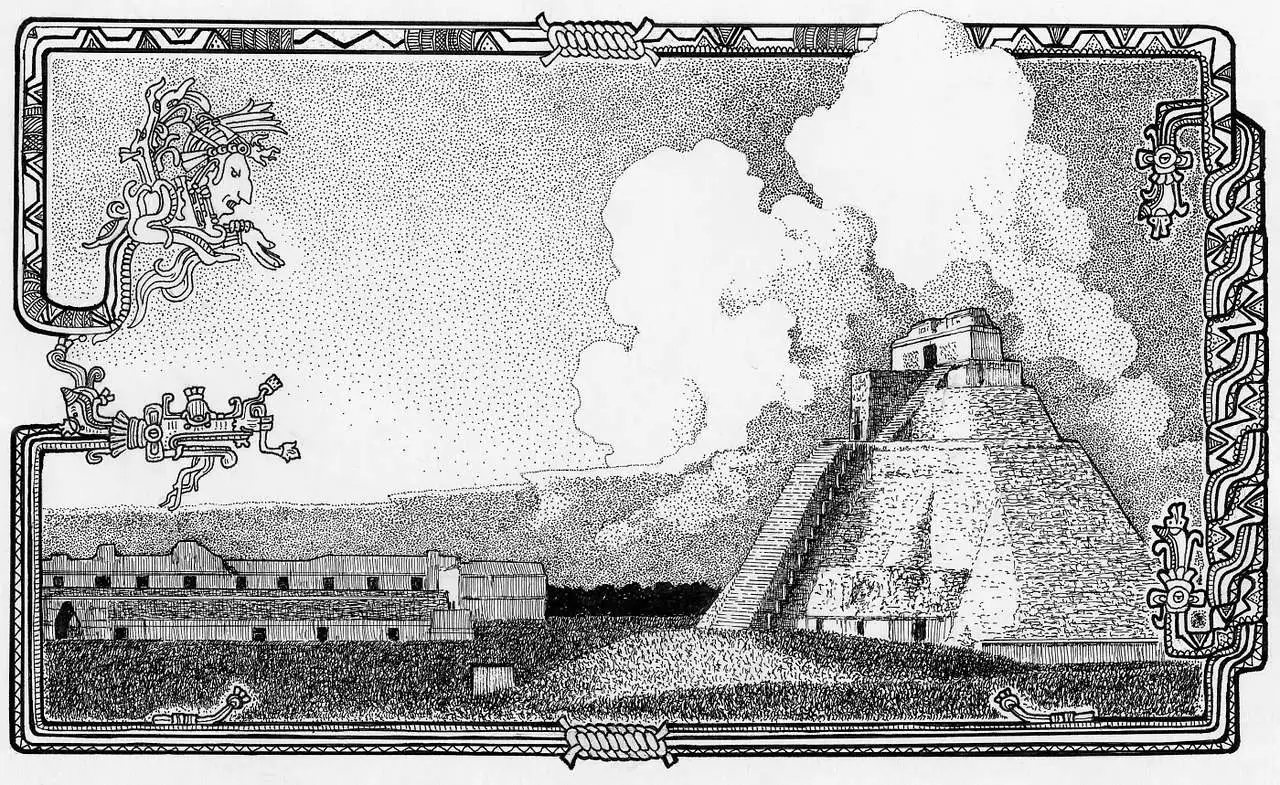
Chichén Itzá was a sacred city for the Mayan culture, founded in 250 AD and flourishing from 900 to 1500 AD. Situated on Mexico’s Yucatán Peninsula, it served as a political, religious, and commercial hub with significant regional influence.
Nowadays, the archaeological site is a UNESCO World Heritage Site and attracts over 2 million visitors annually. Besides its historical significance, the area offers a unique experience thanks to its architecture, natural surroundings, and rituals that continue to inspire legends.
Chichén Itzá Pyramid
The main pyramid is the Temple of Kukulkán, also known as "El Castillo." This 24-meter high structure features a total of 365 steps (one for each day of the year), designed with astonishing astronomical precision. During the equinoxes, sunlight creates a shadow effect resembling a serpent descending the stairs.
You can view the pyramid from outside, as climbing is not permitted. Tours often include explanations of the solar phenomenon, construction details, and time for photos.
The Ball Game Court

While present in other archaeological sites, Chichén Itzá houses the largest ball game court in Mesoamerica. The Mayan ball game was part of everyday life, commonly associated with religious, political, or commercial events.
The Temple of the Warriors
Built around 1200 AD, this is one of the best-preserved structures on-site. The central temple features bas-reliefs of warriors, eagles, and jaguars devouring human hearts. A reclining Chaac Mool statue stands at the entrance.
The Thousand Columns Group
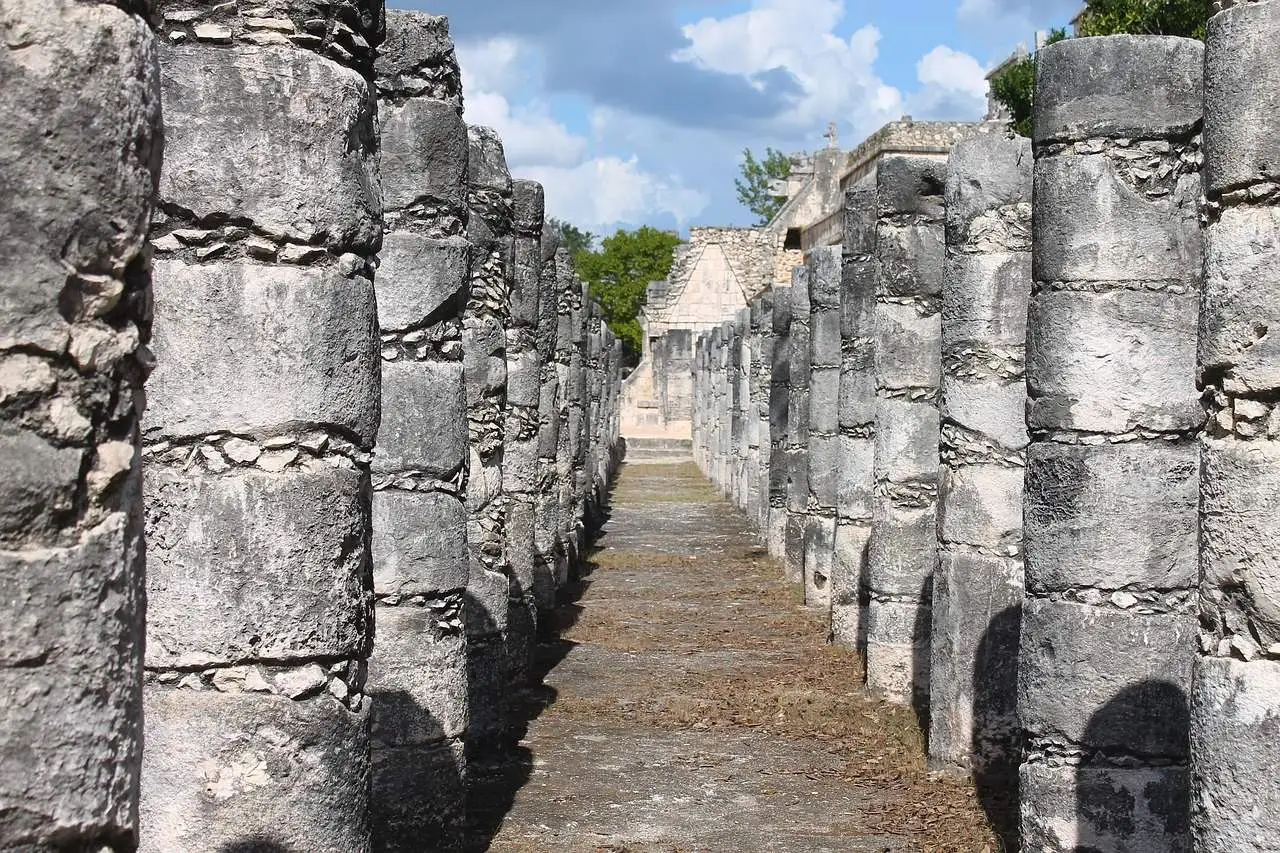
Connected to the Temple of the Warriors, the Thousand Columns Group was originally a temple and is named after the 200 columns located in the esplanade.
The Observatory (El Caracol)
This structure served as the city's observatory, showcasing the Mayan culture’s astronomical expertise. From here, they observed equinoxes, Venus' positions, and sunsets.
Sacred Cenote
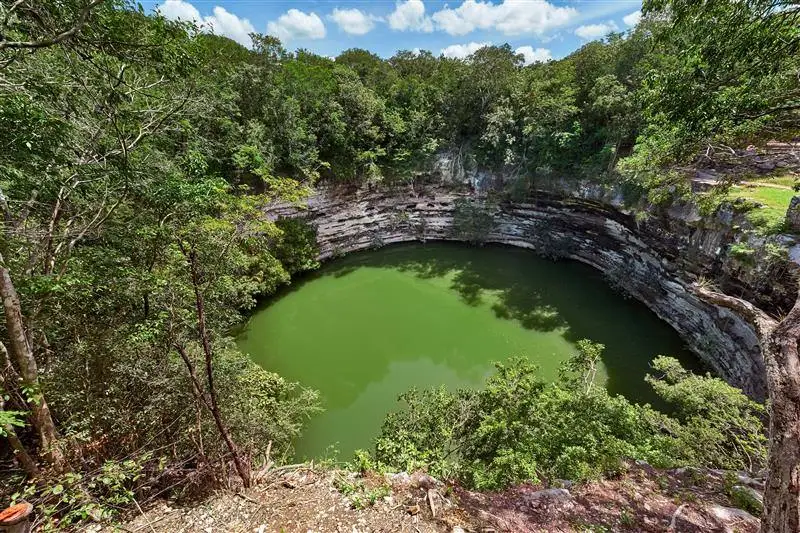
One of the most striking places in the complex is the Sacred Cenote. Open to the sky with a diameter of 60 meters and vertical walls over 15 meters high, it was used for offerings and rituals. Objects made of jade, gold, and human remains have been found, confirming its ceremonial significance.
It’s located about 400 meters from the pyramid. Note that swimming is not allowed, but organized tours often include swimming in other cenotes nearby.
The Great Museum of Chichén Itzá
Opened in 2024, this museum complex is dedicated to preserving and showcasing the cultural wealth of the Mayans. It features over 800 archaeological pieces that have never been exhibited before.
Located next to the archaeological site, visiting its halls also provides a chance to escape the high temperatures. The general entry price is approximately $10 USD (€8.5).
How to Visit Chichén Itzá
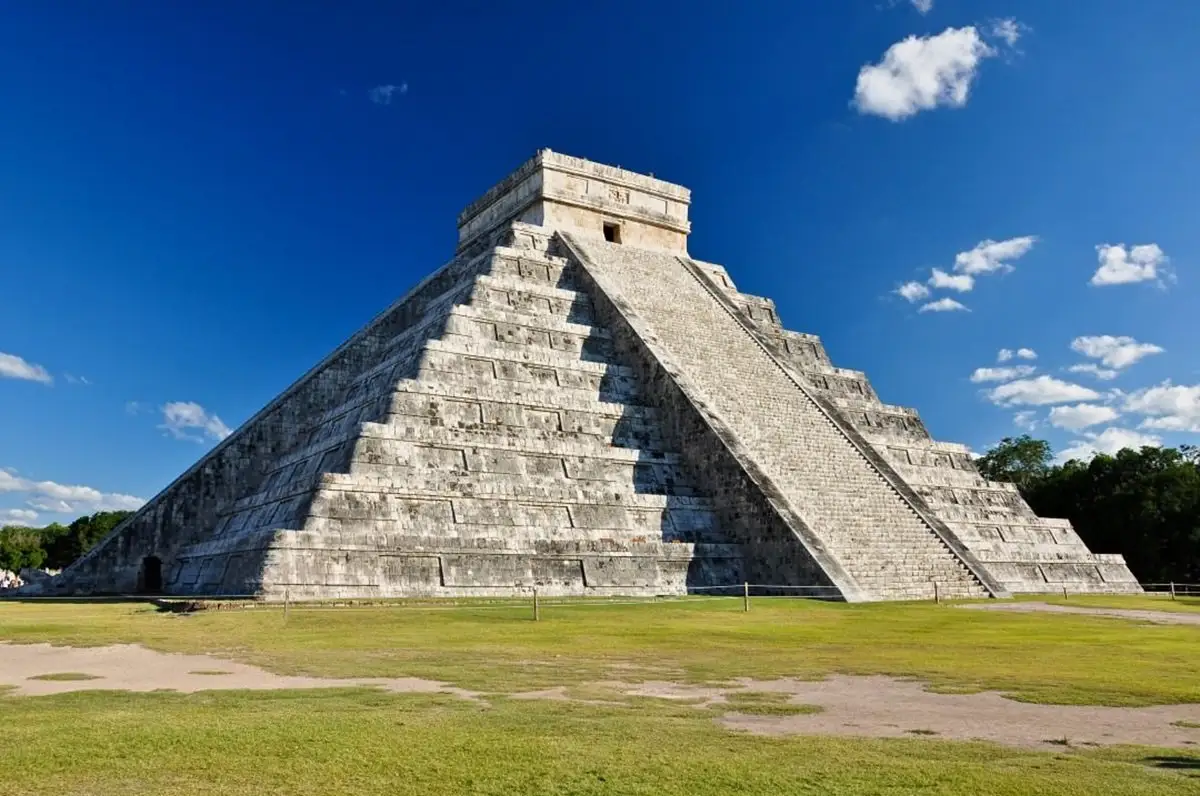
Chichén Itzá is a must-see during your Riviera Maya vacation, with various ways to get there depending on your location and preferences. The most common departure points are Cancún, Playa del Carmen, or Tulum, although you can also book organized tours directly from your hotel.
Organized Tours
This is the most convenient and popular option among travelers, including round-trip transportation, a specialized guide, and admission fees.
Tours typically depart from the hotel between 6:00 and 7:00 AM and return at the end of the day. Prices range from $72 to $93 USD (€67 to €86) per person.
Guided excursions are practical, often including a stop at a cenote for swimming and a visit to a colonial city like Valladolid.
By Bus
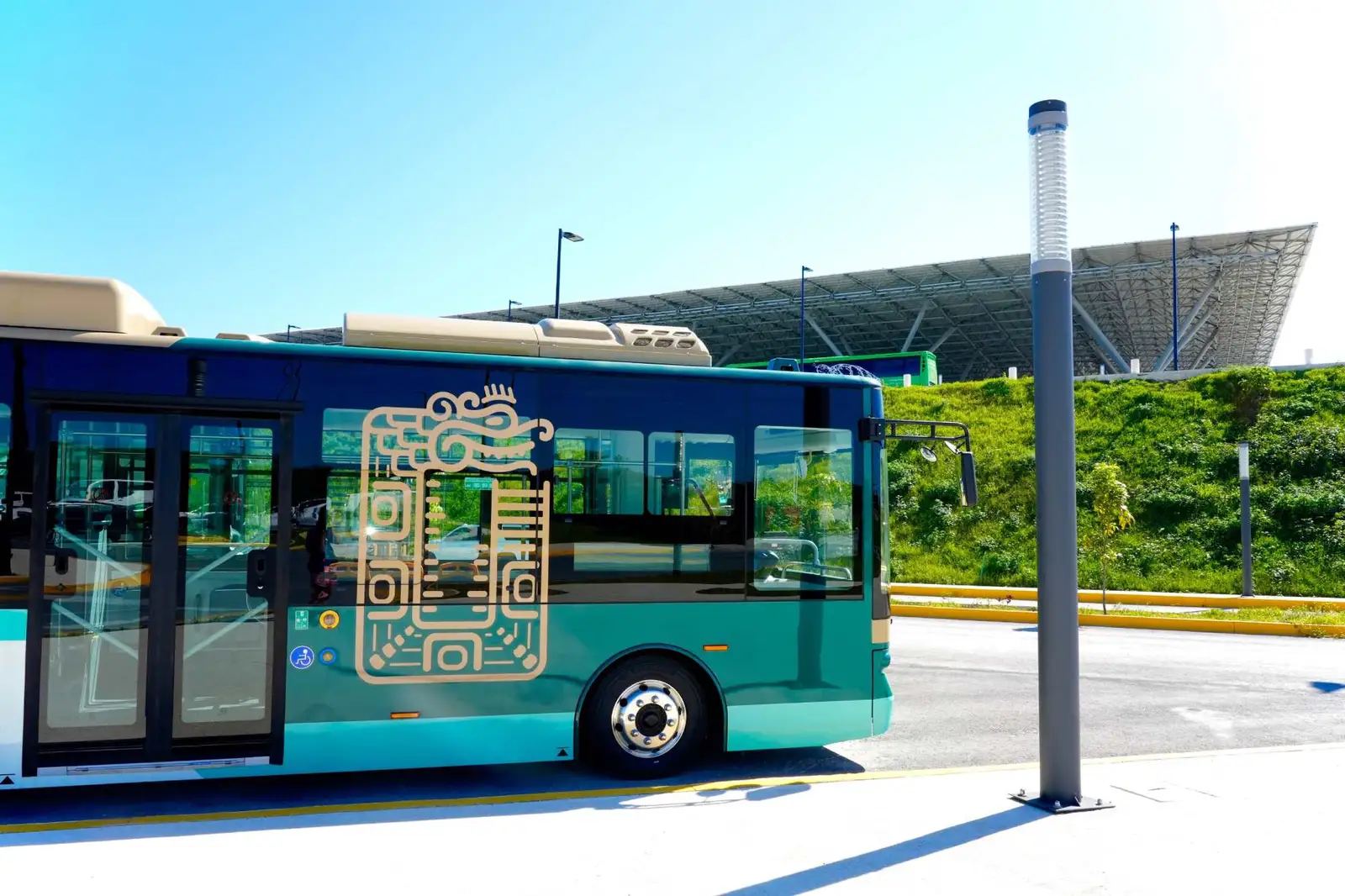
If you prefer public transportation, ADO buses connect Cancún to Chichén Itzá, though you’ll need additional transport from your accommodation to the terminal. It’s recommended to depart early to beat the heat and make the most of your visit. The trip takes 3 to 4 hours and costs around $20 USD (€19).
By Maya Train
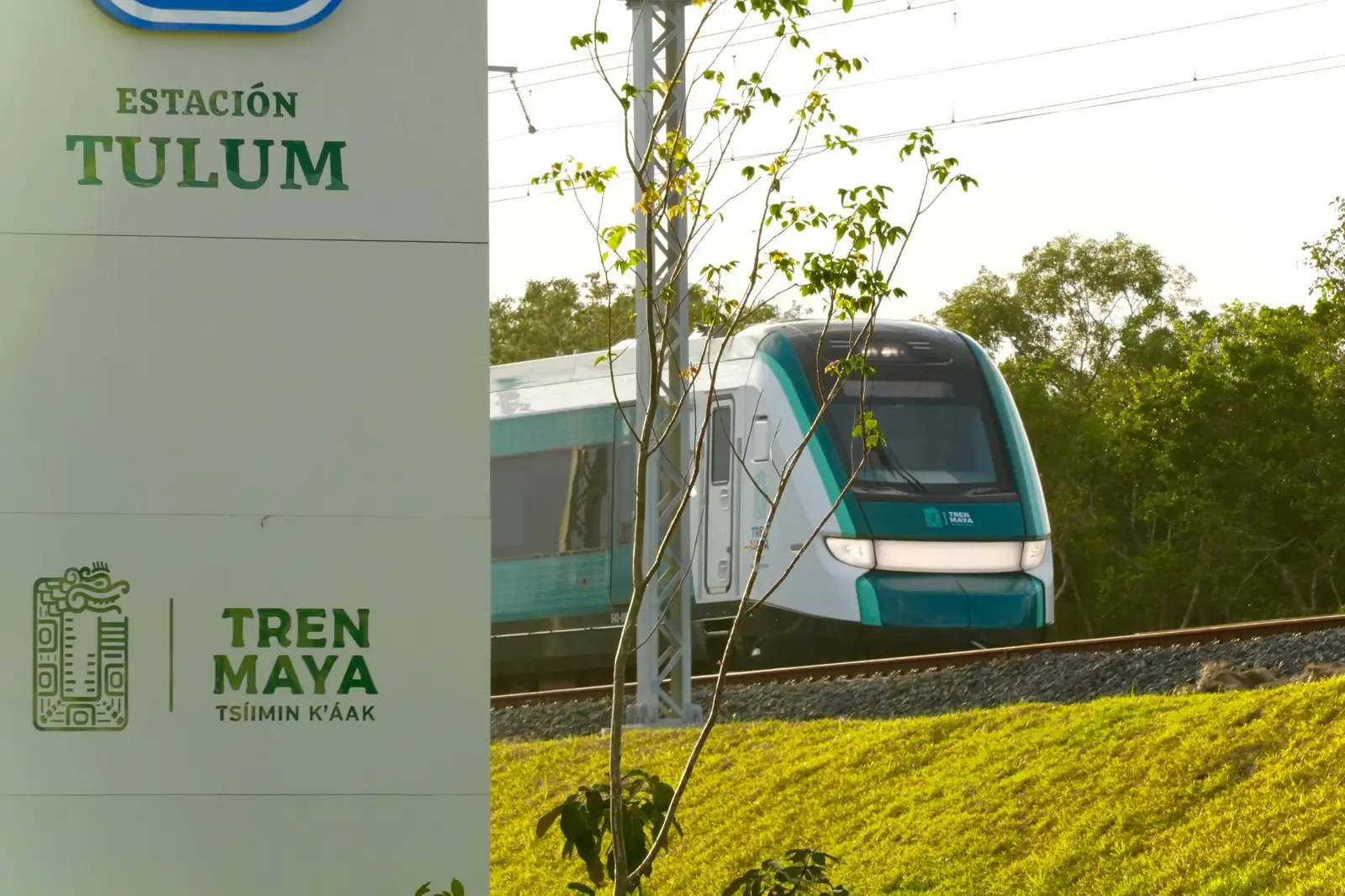
The Maya Train is Mexico's most important and modern railway infrastructure, designed to connect all major Yucatán tourist areas. The trip takes 3 hours, and tickets for international tourists cost approximately $45 USD (€38), considering Tulum as the departure city.
By Car
You can also rent a car and make the trip independently. The roads are in good condition, and the journey takes between 2.5 to 3 hours, depending on the starting point. Driving offers the advantage of making as many stops as desired, visiting charming towns, interacting with locals, and exploring Yucatecan life firsthand—unforgettable experiences.
Chichén Itzá Opening Hours and Prices
Organized tours typically include admission fees, but if you plan to visit independently, here are the details:
The complex and Great Museum are open daily from 8:00 AM to 5:00 PM.
Entry costs around $32 USD (€29.50) for foreigners and $10 USD (€8.50) for nationals.
We recommend arriving early to avoid heat and crowds. Wear comfortable shoes, carry cash, and book tickets online during peak season.
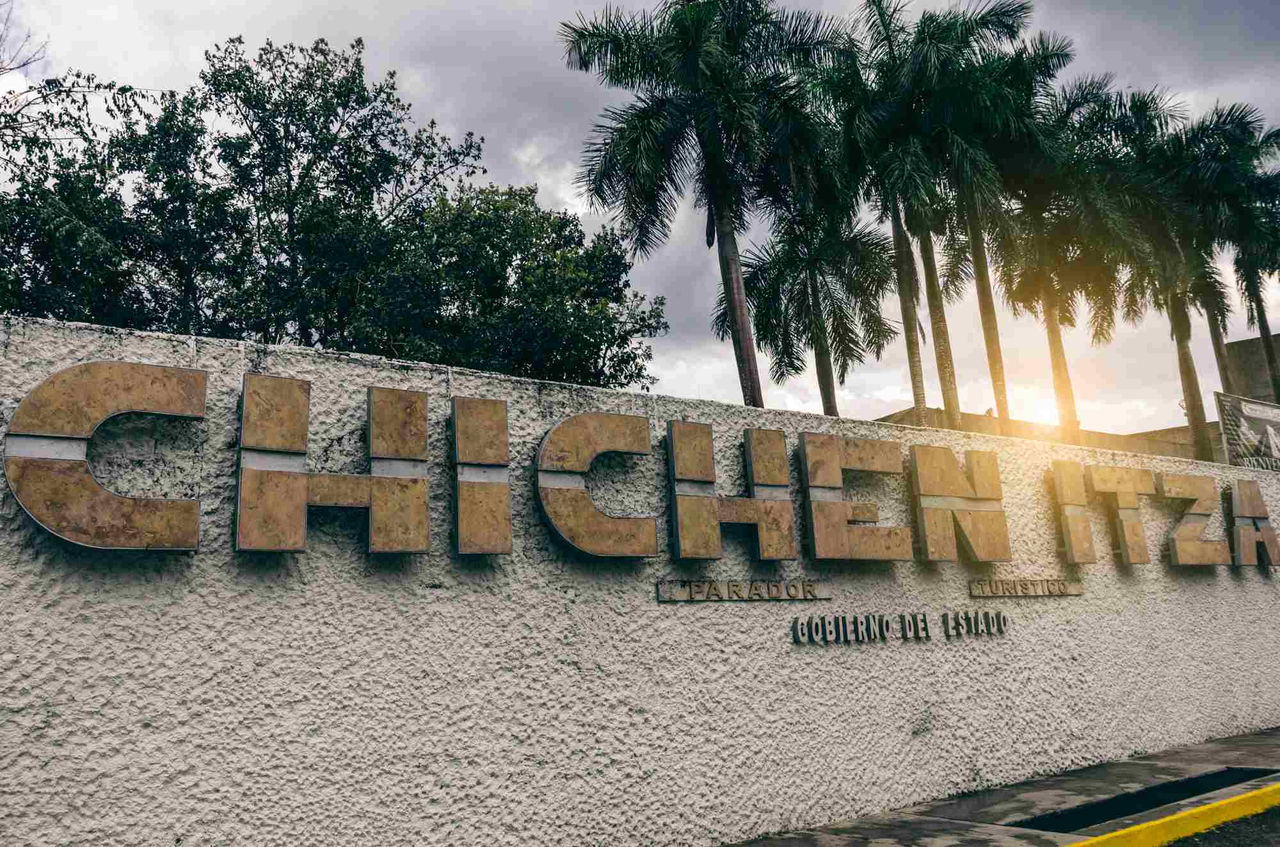
More about Riviera Maya
The best hotels on Riviera Maya
Riviera Maya, MEXICO
Riviera Maya, Mexico
Riviera Maya, Mexico
Riviera Maya, Mexico

